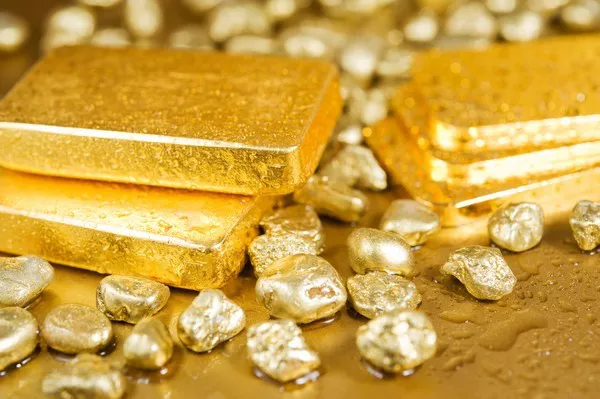Gold, a symbol of wealth and timeless beauty, comes in various shades, with white and yellow gold being two of the most popular choices. Determining which is worth more involves a nuanced exploration of composition, aesthetics, and market preferences. In this comprehensive guide, we will delve into the factors that contribute to the value of white gold and yellow gold.
Understanding the Composition:
White Gold Composition:
White gold is an alloy of gold and white metals, often including palladium, nickel, or silver. This combination imparts a silvery-white hue to the gold, creating a modern and sophisticated appearance.
Yellow Gold Composition:
Yellow gold, on the other hand, is the result of pure gold mixed with copper and silver. This alloy maintains the warm, classic yellow color associated with traditional gold jewelry.
Aesthetics and Appearance:
Contemporary Elegance of White Gold:
White gold has gained popularity for its contemporary and versatile appearance. Its neutral tone complements a variety of gemstones and allows for a modern, minimalist aesthetic.
Classic Warmth of Yellow Gold:
Yellow gold, with its warm and traditional appeal, has been a favorite for centuries. It exudes a timeless charm that complements various skin tones and is often associated with vintage or classic jewelry designs.
Durability and Wear Resistance:
White Gold’s Rhodium Plating:
White gold jewelry is often plated with rhodium to enhance its shine and durability. However, this plating may wear off over time, requiring periodic reapplication to maintain the original luster.
Natural Patina of Yellow Gold:
Yellow gold develops a natural patina over time, adding character to the jewelry. While some appreciate this aging process as part of the charm, others may prefer the pristine appearance of white gold.
Market Preferences and Trends:
Contemporary Trends in White Gold:
The sleek and modern appearance of white gold aligns with contemporary jewelry trends. It is a popular choice for engagement rings and wedding bands, reflecting current fashion preferences.
Timeless Appeal of Yellow Gold:
Yellow gold maintains a timeless appeal that transcends trends. It remains a sought-after choice for those who appreciate classic and vintage-inspired jewelry.
Value Considerations:
Purity Levels in Both:
The value of both white and yellow gold is influenced by their purity levels. Both alloys come in various karats, with higher karats representing a higher percentage of pure gold.
Market Pricing Dynamics:
Market prices for white and yellow gold can fluctuate based on factors like economic conditions, consumer demand, and global trends. Staying informed about these dynamics is essential for assessing the current value of each.
Maintenance and Longevity:
Maintenance of White Gold:
White gold requires periodic maintenance due to rhodium plating. While this adds to the overall cost, proper care ensures the jewelry maintains its original brilliance.
Natural Aging of Yellow Gold:
Yellow gold’s natural aging process may be embraced as part of its character. Regular cleaning and maintenance can help retain its warmth and charm without the need for additional treatments.
Investment Considerations:
White Gold as an Investment:
The contemporary appeal and versatility of white gold may attract those looking for a modern investment. Its popularity in current trends could contribute to its market value.
Yellow Gold as a Heirloom Investment:
Yellow gold, with its timeless charm, is often seen as an heirloom investment. Pieces passed down through generations may carry sentimental value, contributing to their worth.
Conclusion:
In conclusion, the worth of white gold versus yellow gold is subjective and dependent on a variety of factors, including personal preferences, market trends, and investment considerations. While white gold embodies contemporary elegance and may align with current fashion trends, yellow gold exudes timeless warmth and is often associated with enduring value. Whether you prefer the sleek allure of white gold or the classic charm of yellow gold, both hold intrinsic value and contribute to the rich tapestry of the jewelry world. In the end, the worth of each gold type is deeply rooted in personal taste and the unique story it tells.

